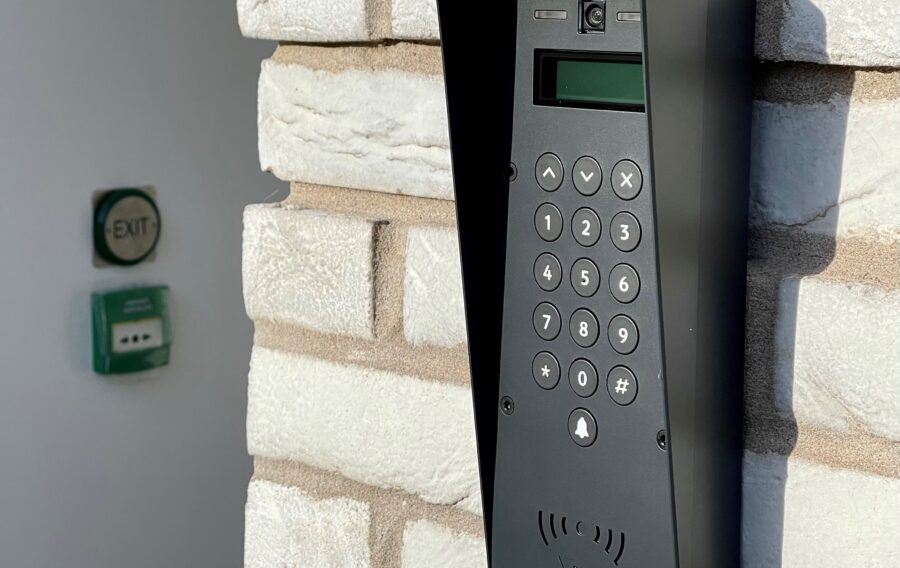Fire safety is an important factor to consider as a retail owner to ensure you comply with health and safety legislation and keep both your customers and employees safe.
There are a range of simple checks you can undertake regularly to ensure that your workplace remains safe and that fire risks are minimised. As a shop owner, you are not only responsible for sales, staff and stock, but also the safety of everyone who enters your premises. It is therefore important you understand and implement a fire safety plan related to the hazards in and around your property.
Fire Hazards in the Retail Sector
A fire risk assessment must be undertaken to ensure you are compliant with The Regulatory Reform (Fire Safety) Order 2005. Fire risk assessments are a requirement for any licensed premises or for any business with five or more employees. The assessment will identify potential fire hazards and indicate the measures required to remove or reduce them.
There are a wide range of fire hazards to consider including, but not limited to; exposed wires, open flames, improper chemical storage, combustible materials being kept close to heat sources and electrical equipment.
Fire extinguishers should be kept on site in order to quickly suppress or extinguish any fires that may arise. Staff should be trained in the operation of fire extinguishers and regular maintenance should be undertaken, in accordance with fire safety regulation BS5306. Different categories of fire extinguisher should be identified in the fire risk assessment based on the surrounding materials and their properties.

Portable Appliance Testing Requirements
Portable Appliance Testing (PAT) is a usual requirement for employers to ensure safety of portable appliances. In a retail space, PAT testing is of increased importance as members of the public are entering into your commercial space. Regular testing of all electrical items within your building should be scheduled in a PAT testing regime, with any faulty items being reported and removed.
Extension Sockets
With decades of experience working in the fire safety sector, Churches Fire & Security have found that electrical safety can fall short in shop environments, with ‘daisy chaining’ (multiple extension leads connected together) becoming commonplace. Connecting multiple extension cables poses a real fire risk, especially in till areas where computers, printers and audio systems overload electrical sockets.
Fire safety training for staff is an imperative safety provision, which should cover the following pieces of information and advice:
- Recognise the early warning signs of an electrical fault. Ensure staff know what to look out for regarding electrical hazards. Burning smells, dark patches or marks around sockets and cables, or sparks when plugging or unplugging into a socket could all be signs that there is a problem with your electrical wiring.
- Remove damaged items. Any plugs or appliances that fail the PAT test or show visible signs of damage or exposed wires should be repaired or replaced.
- Understand the ratings of appliance leads. Do not plug in items that exceed the electrical rating of your extension lead. Extension leads should have their rating listed on the back. Most extension leads sold in the UK have a rating of 13A, however some are rated at 10A.
- Never connect extension leads together. Joining extension leads together puts stress on your power sockets and fuses. This increases the risk of overheating, which could lead to fire if your safety fuses were to fail.
- Be wary of block adaptors. Block adaptors are usually cuboid plugs that are plugged directly into the wall with two or three plug sockets. These adapters are less likely to contain fuses than conventional bar extension leads and are therefore more likely to become overloaded and spark a fire.
- Where possible, avoid having to use extension leads. Consider whether it is really necessary to use an extension lead or whether equipment could be re-arranged. Additional plug sockets should be installed by a trained electrical technician.
Electrical Testing in the Retail Environment
The frequency of testing in the retail environment should be based on the risk of each item. Low-risk items include those being used solely by trained members of staff. High-risk items include those being used by the general public, such as pay terminals. It is therefore paramount that equipment that is front-facing and used by the public is checked more regularly than your general office items.
The Electricity at Work Regulations 1989, states that electrical equipment in low-risk environments is required to be maintained at a frequency dependent upon the type of appliance it is, and the nature of the environment in which it is typically used. A regular inspection and maintenance schedule should be routine to reduce safety risks with any electrical equipment.
Electrical Testing Frequency Guidance for Retail
Class 1 (earthed) equipment such as kettles, lamps and phone chargers should be PAT tested once per year.
Class 2 equipment should be tested once every 48 months.
Electrical equipment used by members of the public should be tested more frequently, for example at least once every 12 months.
PAT testing is necessary to comply with health and safety regulations. Staff should be trained in fire safety and should be vigilant, carrying out regular visual checks.
Churches Fire & Security are able to provide regular PAT testing of electrical equipment under a servicing and maintenance schedule. As a third-party accredited fire safety company, we are proactive in our approach to fire safety, and are able to spot potential problems or faults before they become a hazard.
Trust Churches Fire & Security with all of the fire safety requirements for your retail space. We work hard to ensure that your staff, products, buildings and assets remain safe and secure.
Get in touch





